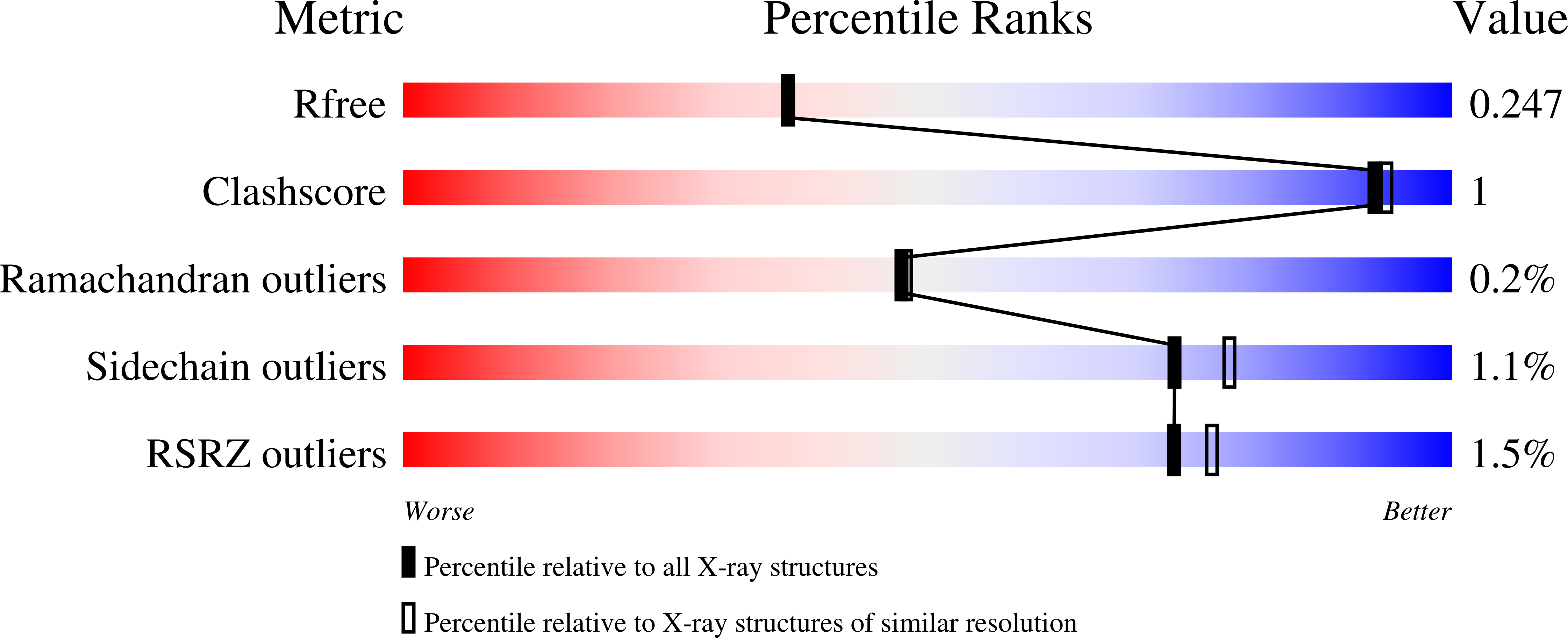
Deposition Date
2023-12-06
Release Date
2024-07-24
Last Version Date
2024-10-09
Entry Detail
PDB ID:
8RCB
Keywords:
Title:
W-formate dehydrogenase from Desulfovibrio vulgaris - Co-crystallized with Formate and Reoxidized by exposure to air (in a not degassed drop) for 34 min in the presence of Formate
Biological Source:
Source Organism:
Nitratidesulfovibrio vulgaris str. Hildenborough (Taxon ID: 882)
Host Organism:
Method Details:
Experimental Method:
Resolution:
2.11 Å
R-Value Free:
0.24
R-Value Work:
0.19
Space Group:
P 21 21 21


